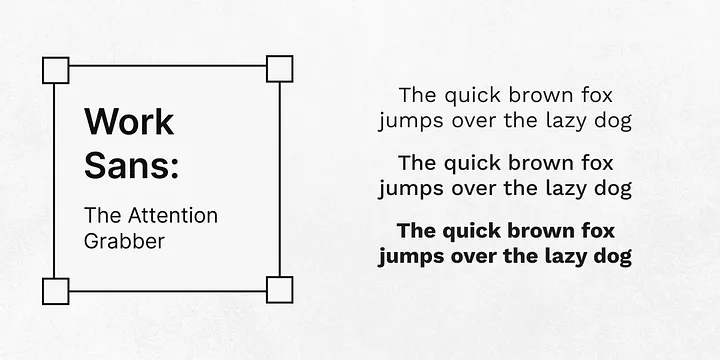The digital landscape is constantly evolving, and user experience (UX) remains at the forefront. In this ever-changing environment, typography plays a crucial role in crafting engaging and user-friendly interfaces. The right font choice can elevate your design, improve readability, and ultimately enhance user interaction.
So, as we navigate the design trends of 2024, which fonts will reign supreme for UI/UX designers? This blog explores seven fonts poised to make a significant impact and provides insights into their unique strengths for various applications.







Choosing the Right Font: Beyond the List
While this list provides a strong foundation, selecting the perfect font for your UI/UX design goes beyond just following trends. Here are some additional factors to consider:
- Brand Identity: Ensure the chosen font aligns with your brand personality and overall design language.
- Target Audience: Consider the age, demographics, and technical literacy of your users.
- Functionality: Choose a font that offers good legibility at various sizes for a seamless user experience.
- Harmony: Maintain visual consistency by selecting fonts that complement each other within your design system.
By carefully considering these factors alongside the unique strengths of each font, you can make informed decisions that elevate your UI/UX design and create a positive user experience.
